The Mathematics of Money Management: Risk Analysis Techniques for Traders : Ralph Vince
Every futures, options, and stock markets trader operates under a set of highly suspect rules and assumptions. Are you risking your career on yours? Exceptionally clear and easy to use, The Mathematics of Money Management substitutes precise mathematical modeling for the subjective decision-making processes many traders and serious investors depend on. Step-by-step, it unveils powerful strategies for creating and using key money management formulas--based on the rules of probability and modern portfolio theory--that maximizes the potential gains for the level of risk you are assuming. With them, you'll determine the payoffs and consequences of any potential trading decision and obtain the highest potential growth for your specified level of risk. You'll quickly decide: What markets to trade in and at what quantities When to add or subtract funds from an account How to reinvest trading profits for maximum yield The Mathematics of Money Management provides the missing element in modern portfolio theory that weds optimal f to the optimal portfolio.
Until now, money management practices have been driven by a loose collection of highly subjective rules of thumb. By failing to accurately understand the outcomes of their potential actions, many traders and serious investors have been operating blind. The Mathematics of Money Management injects a new degree of precision into your trading strategies. Based on the rules of probability and modern portfolio theory, it shows you how to create and use these money management techniques in the futures, options, and stock markets. And you don’t need to be a PhD to exploit these strategies. Every equation and formula is easy to understand, and practical examples are provided for immediate hands-on use of the trading techniques discussed. By wedding the precepts and practices of modern portfolio theory to the concept of optimal f, The Mathematics of Money Management shows how to gauge the payoffs and consequences of every potential trading action, before you take it. Armed with this information, you’ll obtain the greatest potential investment growth for your specified level of risk, no matter what your chosen market. You’ll use these time-tested strategies to:
- Evaluate the risks and rewards of any potential trading decision
- Accurately weigh and assign values to the components of any portfolio
- Determine exactly how many contracts to trade for a specific market and/or system
- Maximize profits under reinvestment trading
- Prognosticate future system performance
Now you can bid good-bye to unreliable money management assumptions and faulty decision making. Here’s the money management tool for making mathematically correct trading decisions.


 9Likes
9Likes LinkBack URL
LinkBack URL About LinkBacks
About LinkBacks


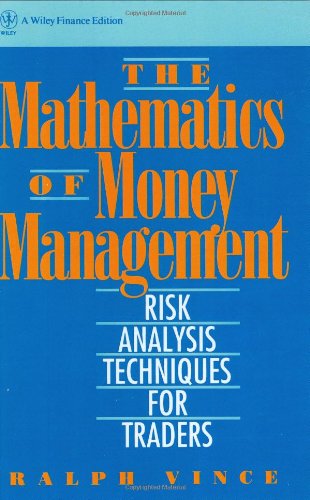





 Reply With Quote
Reply With Quote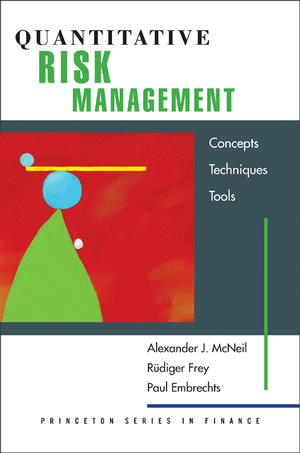





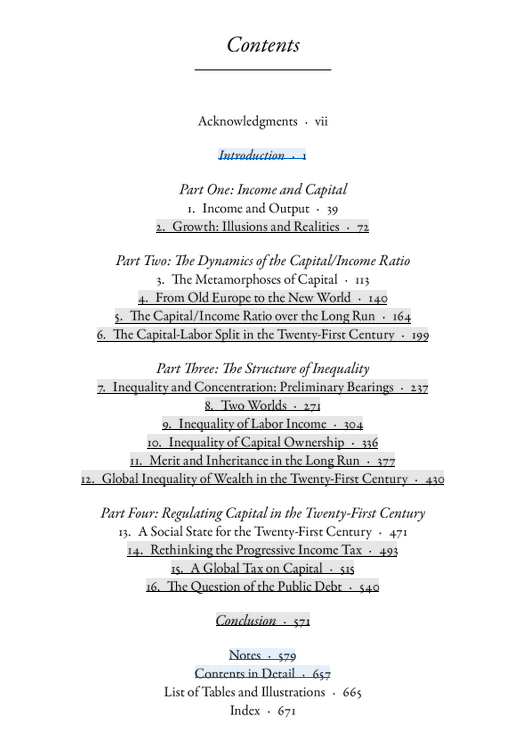

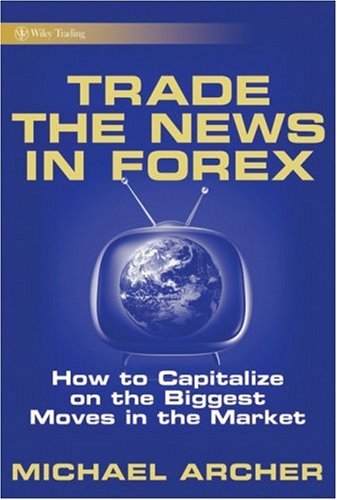
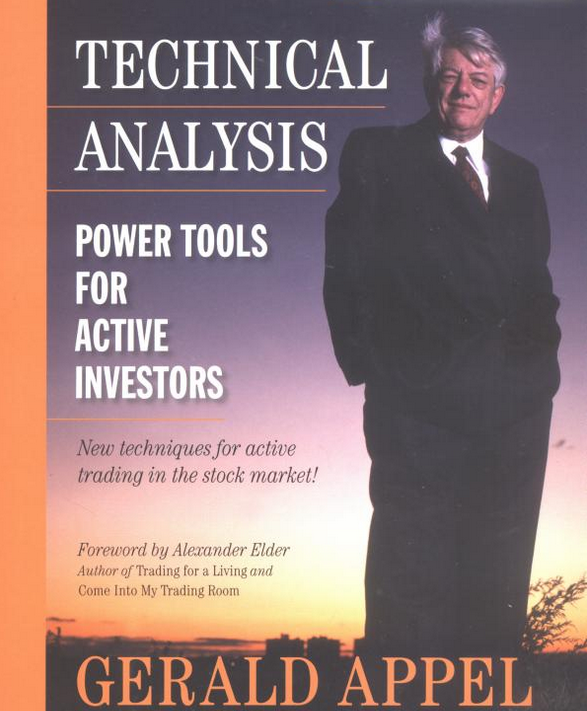
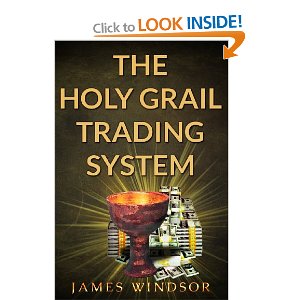
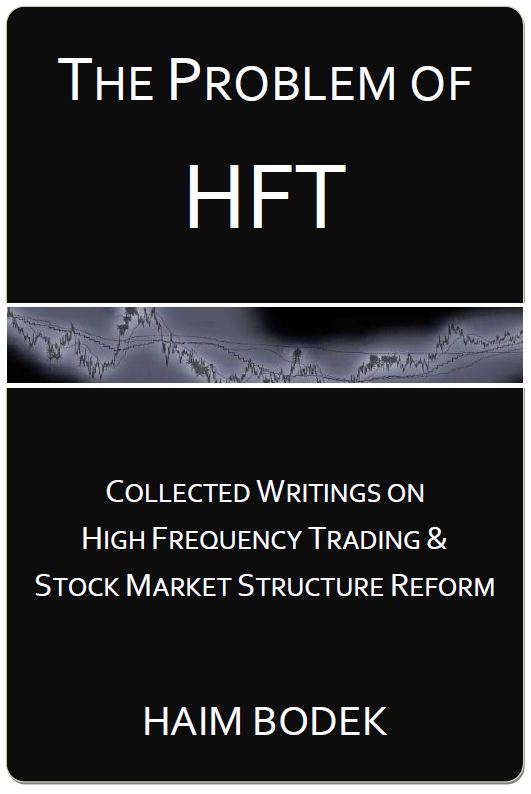
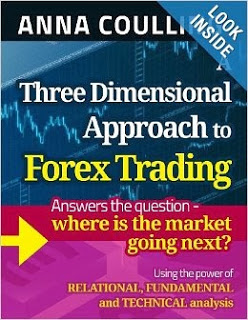


Bookmarks